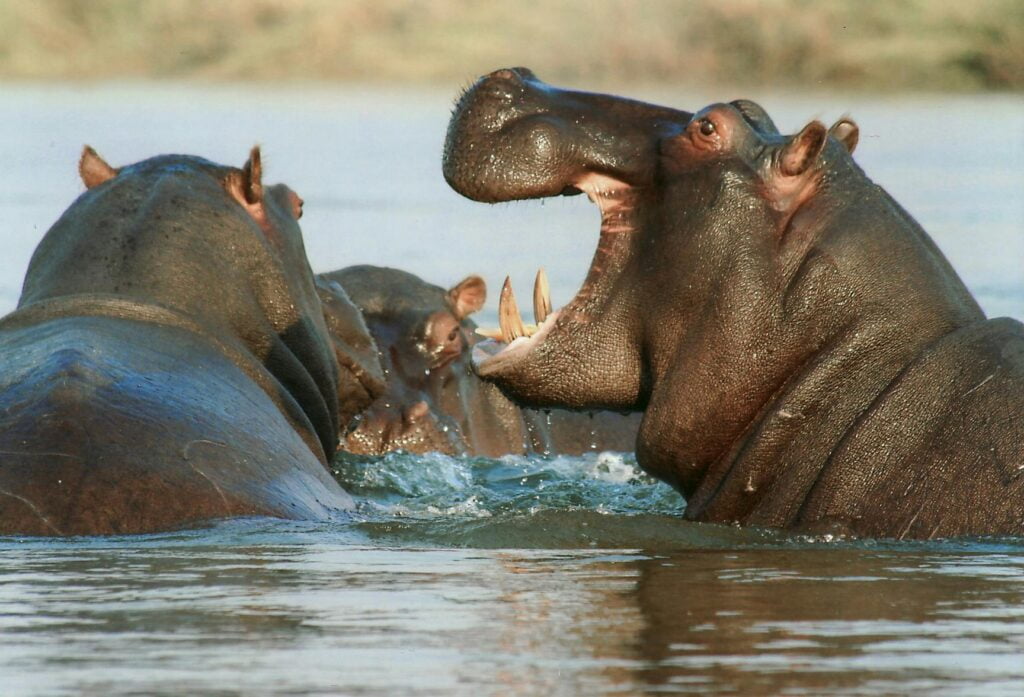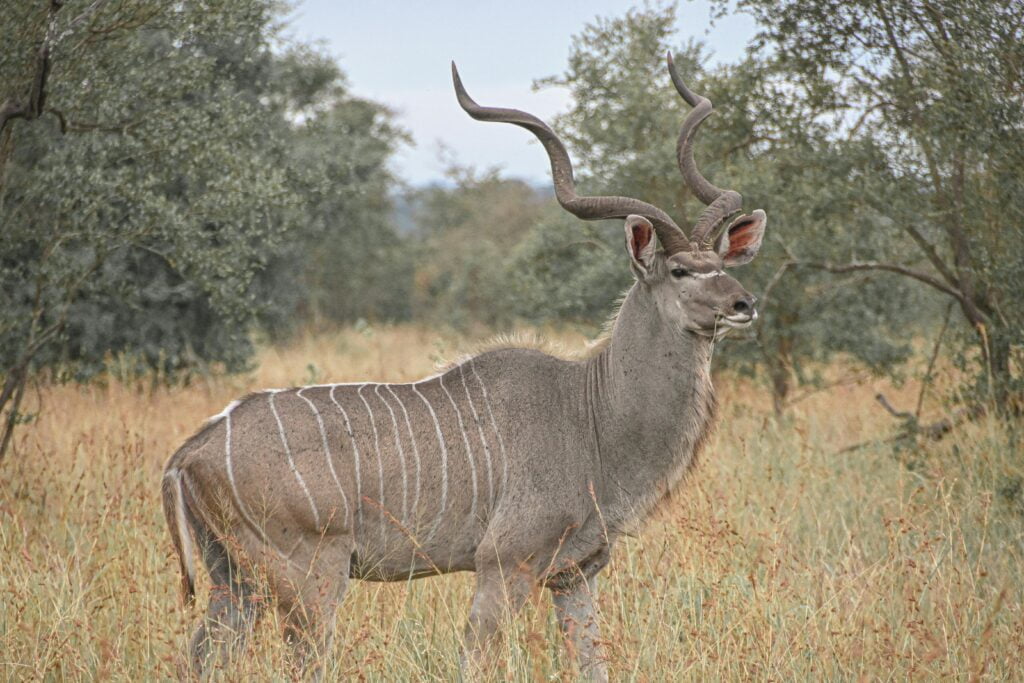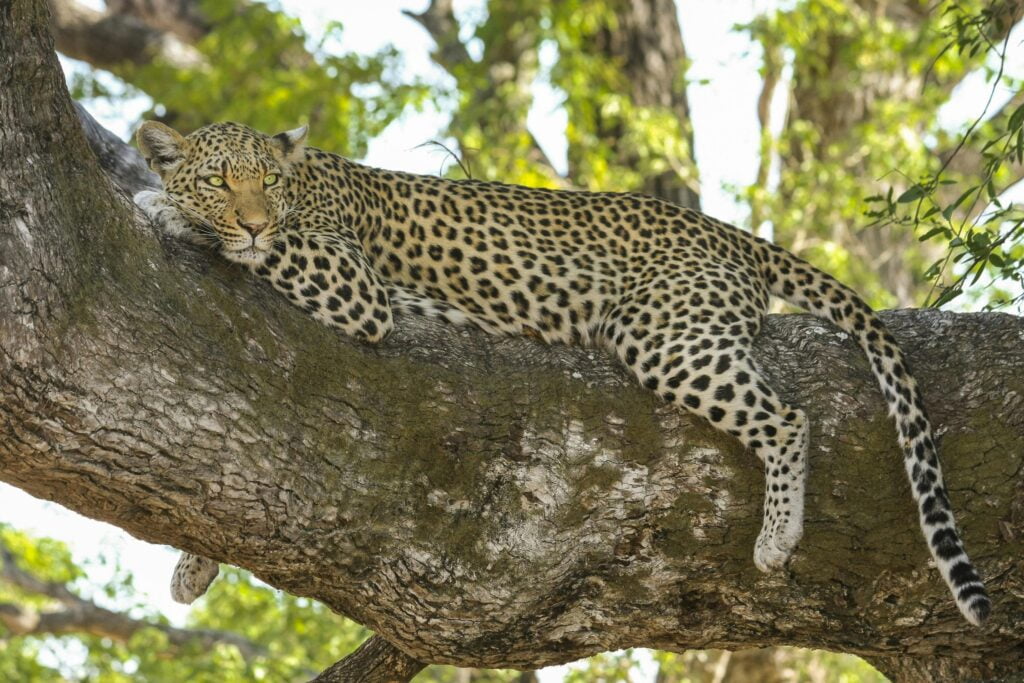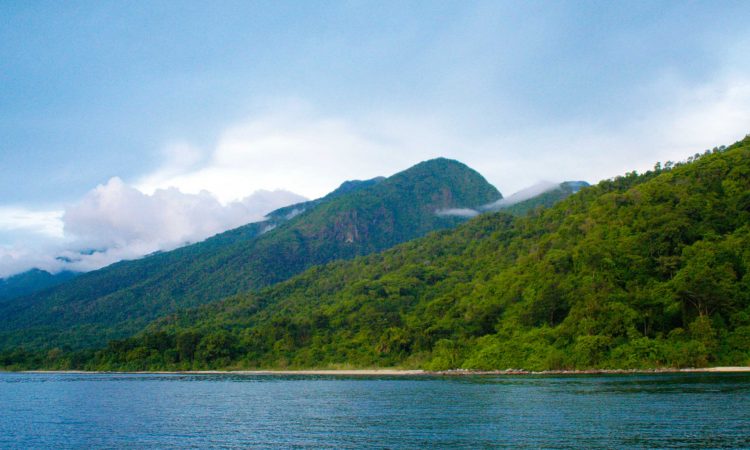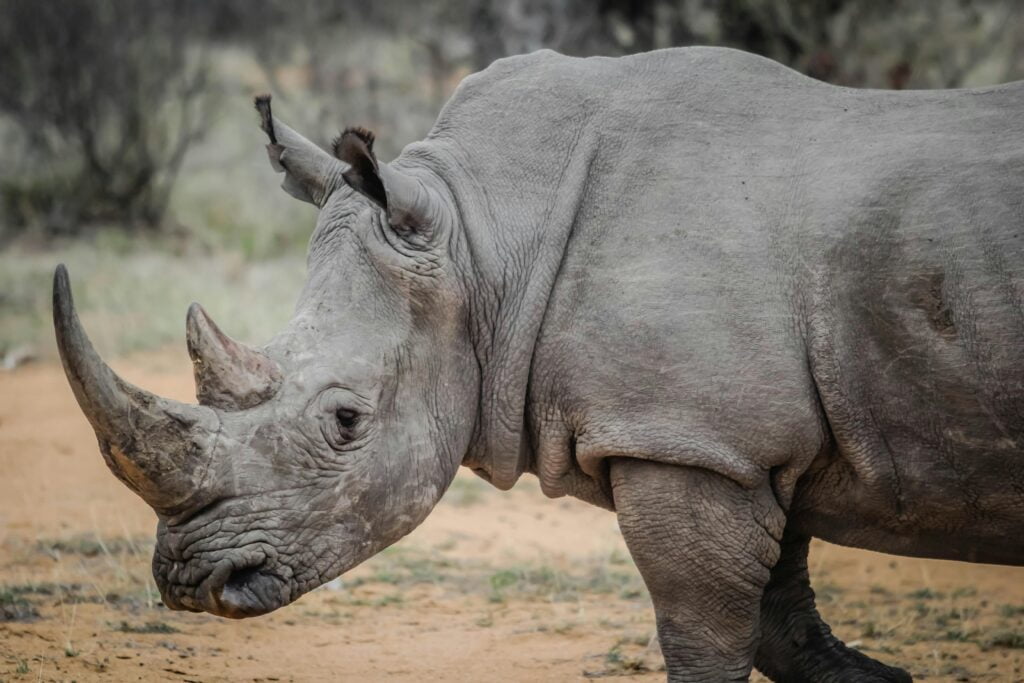Zebra Wonders: Tanzania’s Striped Beauties
When planning a safari with Future African Safari, spotting the striking zebra is a must-do experience that captures the essence of Tanzania’s vibrant wildlife. Known for their distinctive black-and-white stripes and social nature, zebras add dynamic movement and color to the savannah landscapes. In this blog post, we delve into the fascinating world of zebras in Tanzania, exploring their unique characteristics, habitats, behaviors, and the conservation efforts dedicated to preserving these iconic grazers. Meet the Zebra Zebras (Equus quagga, Equus grevyi, and Equus zebra) are among Africa’s most recognizable animals, celebrated for their bold stripe patterns. In Tanzania, the most commonly seen species are the Plains Zebra (Equus quagga), Grevy’s Zebra (Equus grevyi), and the Mountain Zebra (Equus zebra). Plains Zebra: The most widespread and numerous, Plains Zebras are known for their broad stripes and sturdy build. They thrive in open grasslands and savannahs, where their patterns help them blend into the tall grasses. Grevy’s Zebra: Distinguished by their narrower stripes and larger ears, Grevy’s Zebras are less common and primarily found in the northern regions of Tanzania, such as the Serengeti. Mountain Zebra: Adapted to rugged terrains, Mountain Zebras have a more refined stripe pattern and inhabit the highlands and rocky outcrops of areas like the Ngorongoro Conservation Area. Distinctive Appearance and Adaptations Unique Stripe Patterns: Each zebra has a unique stripe pattern, much like human fingerprints. These stripes serve multiple purposes, including camouflage, social bonding, and deterring flies. Social Structure: Zebras are highly social animals, living in groups called harems, consisting of one stallion, several mares, and their offspring. These tight-knit groups provide protection and support for the herd. Efficient Grazers: Zebras have strong teeth and digestive systems adapted to grazing on tough grasses, which they efficiently process to extract necessary nutrients. Habitat and Distribution in Tanzania Zebras are adaptable and thrive in a variety of habitats across Tanzania’s diverse landscapes: Serengeti National Park: Home to large herds of Plains and Grevy’s Zebras, the Serengeti offers expansive grasslands perfect for grazing and migration. Ngorongoro Conservation Area: The unique mix of savannah, forest, and volcanic crater provides an ideal environment for Mountain Zebras and other wildlife. Tarangire National Park: Known for its vast open spaces and abundant water sources, Tarangire supports thriving zebra populations alongside other iconic species like elephants and giraffes. Behavior and Social Life Zebras are known for their lively and dynamic behavior: Migration Patterns: In the Serengeti, zebras partake in one of the world’s most spectacular migrations, moving in large herds in search of fresh grazing and water. Communication: Zebras communicate through a combination of vocalizations, body language, and facial expressions. Their vocal repertoire includes barks, whinnies, and snorts to convey different messages within the herd. Protective Instincts: When threatened by predators, zebras form tight groups and use their powerful kicks and sharp hooves to defend themselves and their young. Ecological Importance Zebras play a crucial role in maintaining the health of their ecosystems: Grazing Impact: By grazing on grasses, zebras help control vegetation growth, promoting biodiversity and preventing overgrazing by other herbivores. Seed Dispersal: Zebras aid in seed dispersal through their dung, contributing to the regeneration of plant species across the savannah. Prey for Predators: As a primary food source for large predators like lions and hyenas, zebras support the balance of the food chain in their habitats. Conservation Status and Threats While zebras are generally not as endangered as some other African species, they still face significant threats: Habitat Loss: Expansion of agriculture and human settlements encroaches upon zebra habitats, reducing available grazing areas and water sources. Poaching: Although not typically targeted for their stripes, zebras are still vulnerable to poaching for their meat and hides. Human-Wildlife Conflict: Increasing interactions between zebras and local communities can lead to conflicts, particularly in areas where resources are scarce. Conservation Efforts in Tanzania Tanzania is dedicated to protecting its zebra populations through various initiatives: Protected Areas: National parks and reserves like Serengeti, Ngorongoro, and Tarangire provide safe habitats where zebras can thrive without significant human interference. Anti-Poaching Measures: Strengthening anti-poaching patrols and implementing stricter regulations help safeguard zebras from illegal hunting. Community Engagement: Educating and involving local communities in conservation efforts fosters coexistence and reduces conflicts between humans and zebras. Research and Monitoring: Ongoing research projects monitor zebra populations, health, and migration patterns, providing valuable data to inform conservation strategies. Tips for Spotting Zebras on Safari Maximize your chances of encountering zebras with these tips: Choose the Right Parks: Serengeti, Tarangire, and Ngorongoro are excellent locations for spotting large herds of zebras. Optimal Timing: Early morning and late afternoon game drives offer the best opportunities to see zebras when they are most active. Guided Tours: Experienced safari guides know the best spots and times for zebra sightings, enhancing your chances of a memorable encounter. Stay Patient and Observant: Zebras are often seen grazing in open areas. Take your time, scan the landscape, and watch for their distinctive stripes moving across the savannah. Experience the Elegance of Zebras with Future African Safari Encountering zebras on your Tanzanian safari is a testament to the dynamic and vibrant nature of Africa’s wildlife. At Future African Safari, we are committed to providing unforgettable safari experiences that showcase the beauty and resilience of zebras while supporting essential conservation efforts. Ready to witness Tanzania’s elegant zebras? Contact Future African Safari today to customize your Tanzanian safari and embark on an adventure that celebrates the stunning beauty and ecological importance of zebras. Explore more about our safari packages and discover the best of Tanzania with Future African Safari. Your unforgettable African adventure starts here! Kilimanjaro 3 tours Safari 9 tours Zanzibar 3 tours






